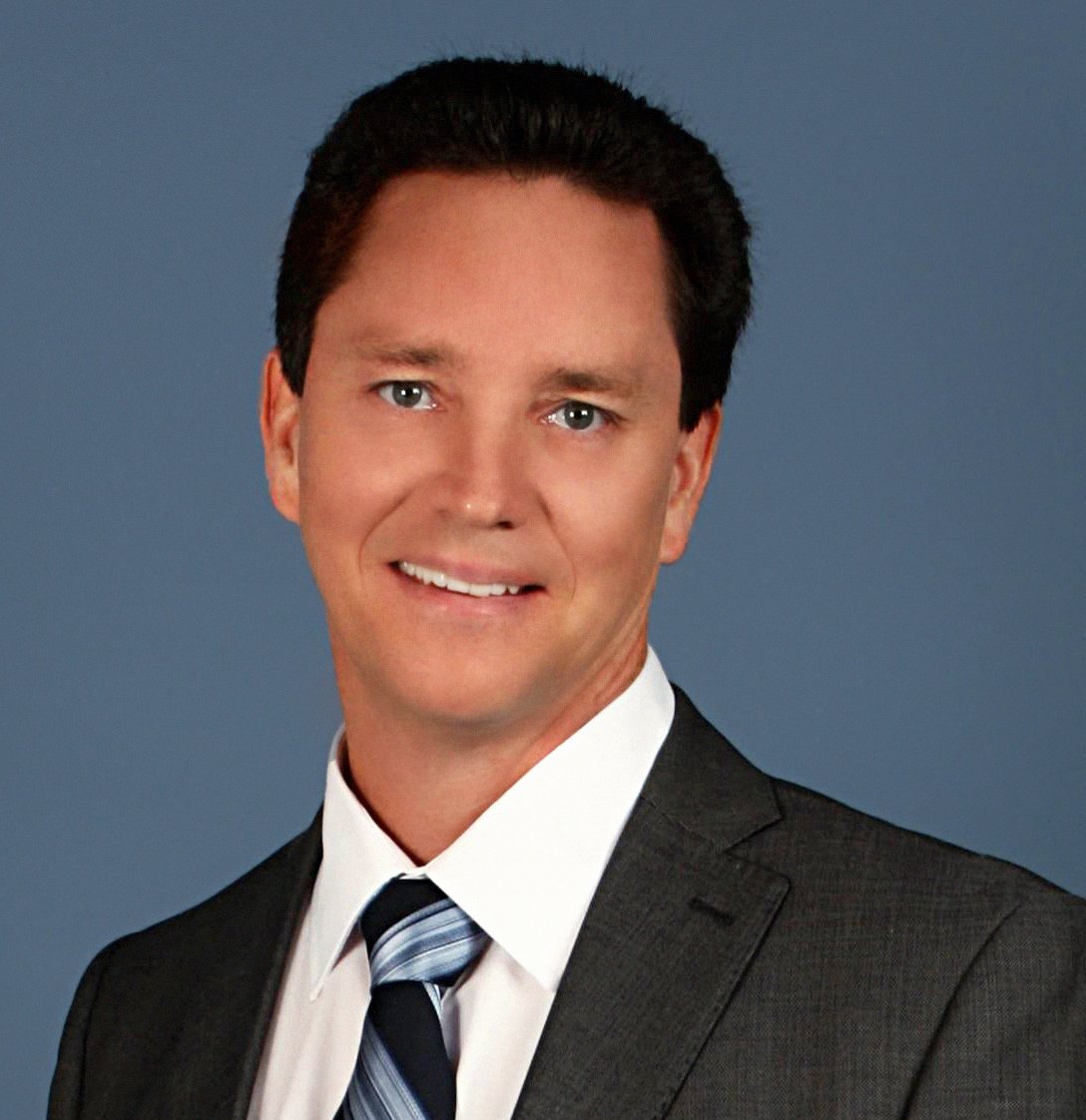 The regime change that resulted from the 2015 federal election has many Canadians asking what Justin Trudeau’s new government will mean for them, their families and their businesses.
The regime change that resulted from the 2015 federal election has many Canadians asking what Justin Trudeau’s new government will mean for them, their families and their businesses.
In an attempt to find some answers, we asked an accountant if he’d share his insights regarding the new changes that will be passed into law in 2016.
Arden Vanderhorst is a Chartered Accountant from Whitby Ontario. Arden specializes in helping corporations, especially small and medium sized businesses remain compliant with CRA, minimize the tax they pay and grow their business. He also offers Personal/Estate and Trust Taxation services.
Business Innovators Magazine recently had a conversation with Arden and he shared his thoughts on the newly proposed tax laws and what Canadians can do about them.
BIM: A lot has been mentioned about Trudeau decreasing taxes for the middle class and increasing them for others. What are the details of this?
Arden Vanderhorst: The plan that has been touted during the campaign is that there will be tax breaks for the middle class as well as changes to the child benefit program.
On December 7 the Liberals confirmed that effective January 1, 2016, the the second lowest rate (covering the bracket $44,700. & $89,401) will decrease from 22% to 20.5% that according to them will save approx. $670. per year; or as much as $1,300 for a 2 income household.
In tandem, for those that earn over $200,000, the tax rates will change from 29% to 33%. This would cause a person earning $300,000 to pay approximately $3300 more in tax; someone earning $400,000, $7,330 more.
In Ontario, this will push the highest marginal tax rate of ordinary income up to 53.53%.
BIM: And what did they change in regards to charitable donations?
Arden Vanderhorst: Currently individuals can claim a tax credit of 29% of their donations over $200. The Liberals announced on December 7 that they will allow a new tax credit of 33% of gifts over $200 to the extent that an individual has income that is subject to the new 33% tax rate.
BIM: What other changes can Canadian families expect?
Arden Vanderhorst: In 2015, the Conservatives introduced the family income tax cut that allowed the higher-earning spouse in a family with kids under 18 to transfer up to $50,000 of income to the lower-earning spouse so it can be taxed at a lower rate. The maximum tax break under this measure was $2,000.
The Liberals said on December 7 that they will introduce legislation in 2016 to eliminate this. As a side note, in the past tax season, we saw very few families max out this benefit and found a lot of people were disappointed that they did not qualify.
Also, the Liberals said on December 7 that legislation will follow shortly to replace the current Universal Child Care Benefit ($160/$100 a month) with a program that according to them, a family of four with a 90k income will receive roughly $2,500 a year more than the Conservative plan. Families with household income over $200,000 will not receive anything.
Although there are no further details available at this point, the Liberals are looking to replace the Universal Child Care Benefit, Canada Child Tax Benefit and National Child Benefit Supplement with a new Canada Child Benefit that is income-tested and tax-free.
Another change expected for families with children in post-secondary school is that the Liberals have said they will eliminate the education and textbook tax credits, which annually worth up to $60 and $10, respectively.
BIM: If this actually happens what do you suggest middle class families do with the extra money from the proposed cuts? Save? Invest? If so, how should they save or, what should they invest in?
Arden Vanderhorst: Good question. I would say it is easy to save and invest the money received from the current Universal Child Care Benefit because you can set it up so it is directly deposited into a special bank account.
Hopefully, the new child tax benefit will follow similar rules. As for the savings on the tax cut, of course its best to invest it but it requires discipline to take that tax refund and set it aside.
As for what to invest in, that is a question best left to an investment professional but I would recommend people consider RESP’s for their children because the government provides contributions towards it as well. Currently anyways.
BIM: What segment of the Canadian population will pay higher taxes under the Trudeau government? Is there anything they can do to lessen the proposed tax burden?
Arden Vanderhorst: For individuals earning salary income, there are many strategies available. One thing they could consider if they are making RRSP contributions in 2015 or have undeducted contributions from prior years, they may want to consider carrying them forward, provided they have sufficient room, to 2016 and beyond and deduct them.
For individuals with corporations, we are looking at the cost/benefit of accelerating salary payments in 2015 and taking lower amounts out in further years. One needs to be careful though not to shoot themselves in the right foot trying to save the left.

